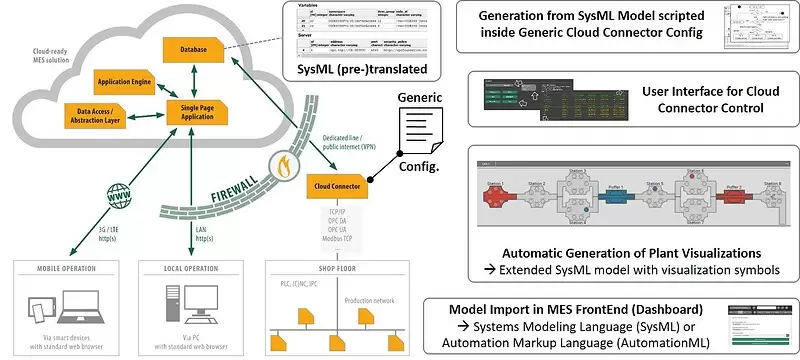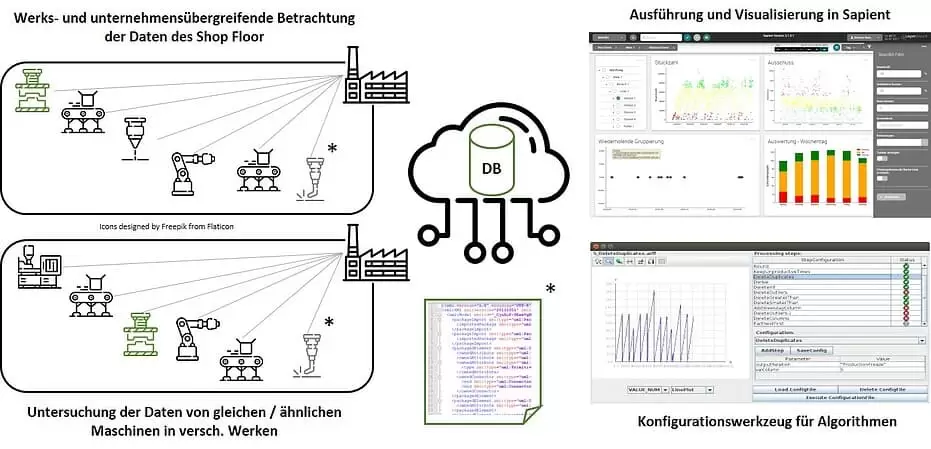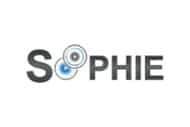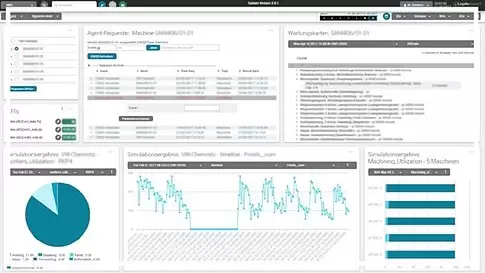Germany is one of the world’s leading innovation nations. Only with future-proof products can we hold our position in international competition. Technological research and innovation strengthen the economic system, secure jobs and ensure competitive services, processes and products. Read about our research projects at GEFASOFT.
Content







